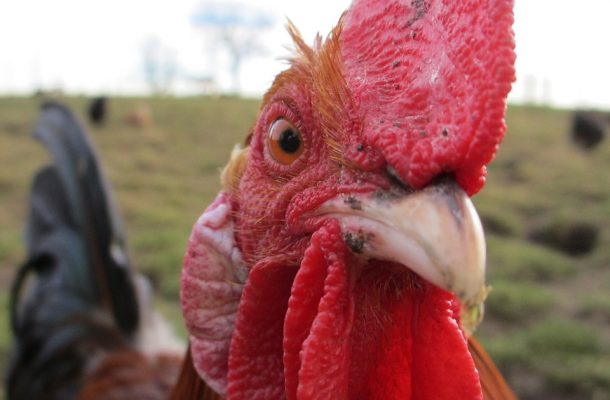We may have hit ‘peak livestock’ if we want to reach our climate goals

The livestock sector could use almost half of the 1.5˚C greenhouse gas emission budget allowed by 2030, and addressing this issue should become a key part of the strategy to hit climate targets, according to a new study published in Climate Policy.
Dr Helen Harwatt, a farmed animal law and policy fellow at Harvard Law School in the United States, argues that getting more protein from plant sources instead of animals would help the world meet current climate targets and reduce the risk of overshooting temperature goals.
Dr Harwatt proposes a three-step strategy to gradually replace animal proteins with plant-sourced proteins, as part of the commitment to mitigate climate change.
These steps include acknowledging that current numbers of livestock are at their peak and will need to decline, setting targets to transition away from livestock products and starting with foods linked with the highest greenhouse gas emissions such as beef, then cow’s milk and pig meat and assessing suitable replacement products against a range of criteria including greenhouse gas emission targets, land usage, and public health benefits..
Harwatt says that recent evidence shows switching from animals to plants proteins could potentially feed an additional 350 million people in the US alone.
Previous studies suggested reducing meat and dairy consumption also would provides a range of added benefits such as preserving biodiversity and improving human health.
The study reports that the current livestock population in the world is around 28 billion animals and constitutes the highest source of two major greenhouse gases – methane and nitrous oxide.
The production of methane in particular is troublesome, as it has an 85 times greater global warming potential than carbon dioxide over a 20-year time frame. Methane emissions from the livestock sector are projected to rise by 60 percent by 2030 – the same time period over which strong and rapid reductions are needed.
“Given the livestock sector’s significant contribution to global greenhouse gas emissions and methane dominance, animal to plant protein shifts make a much-needed contribution to meeting the Paris temperature goals and reducing warming in the short term, while providing a suite of co-benefits,” Harwatt says.
“Failure to implement animal to plant protein shifts increases the risk of exceeding temperature goals and requires additional, and unrealistic, greenhouse gas reductions from other sectors. The current revision of national contributions to meeting the Paris Agreement from 2020 onwards should ideally integrate animal to plant-protein shifts. As a next step, the COP24 in December this year provides an excellent opportunity for policy makers to start this important conversation.”
The article acknowledges that businesses can spearhead these efforts. As an example, Dr Harwatt is already putting her three-step animal to plant protein shift approach into practice in the food service sector in her role as Sustainable Food Policy Advisor to the British branch of the Humane Society International.
HSI run a Forward Food programme providing free plant-based culinary training for public and private sector chefs. This applies the three-step strategy to identify opportunities for emissions reductions through reducing purchases of animal products, tackling the ‘worst first’ products and replacing them with best available foods.
“The food sector is already making progress on these issues and demonstrating that it’s commercially viable to incorporate animal to plant protein shifts. We need policy makers to enable the creation of Paris-compliant food systems on a much larger and faster scale – and animal to plant-protein shifts play a key role”.
Open Forum is a policy discussion website produced by Global Access Partners – Australia’s Institute for Active Policy. We welcome contributions and invite you to submit a blog to the editor and follow us on Twitter, Facebook, Linkedin and Mastadon.












